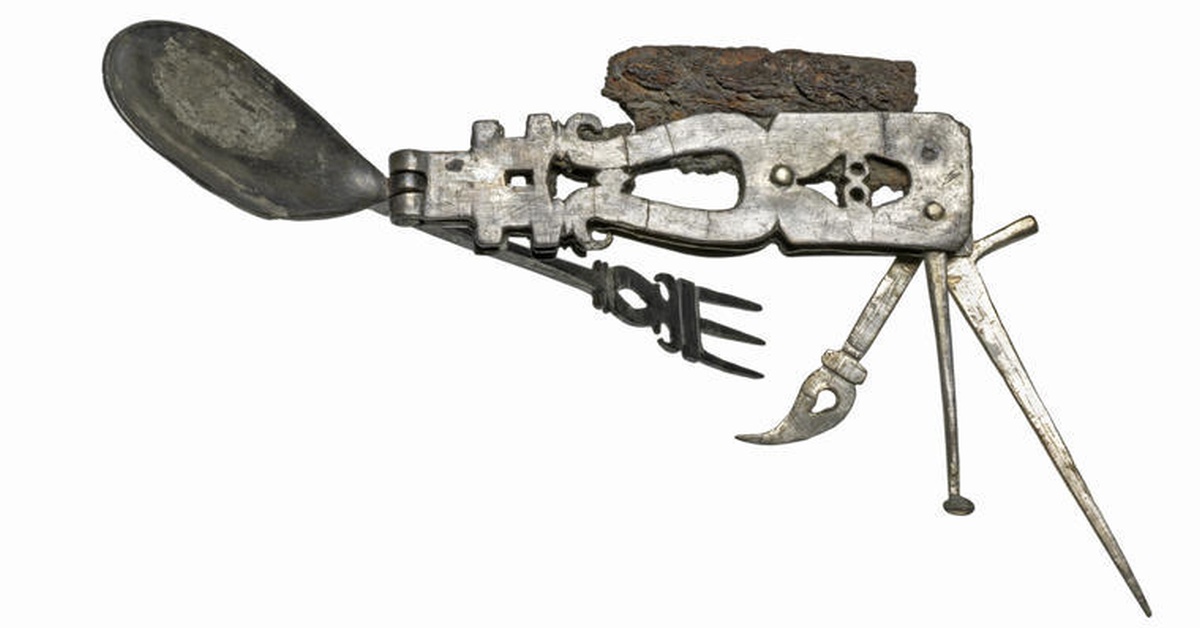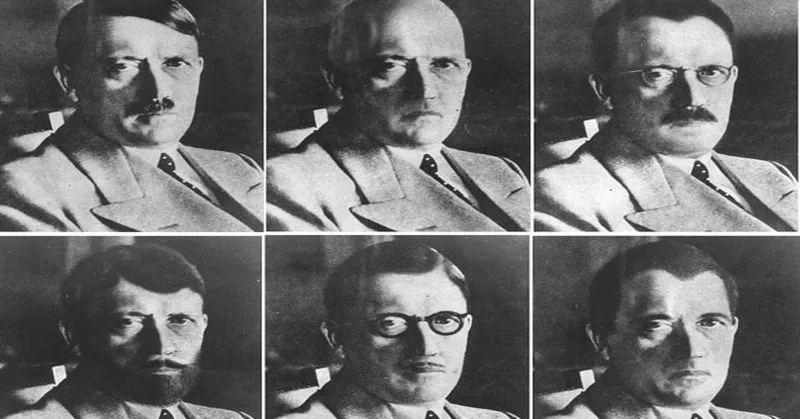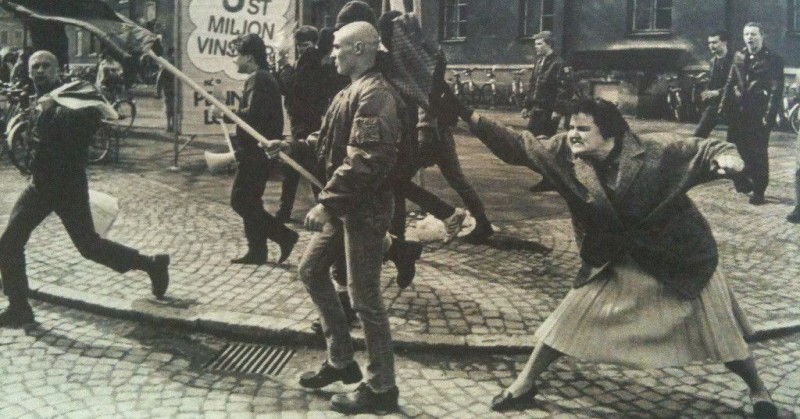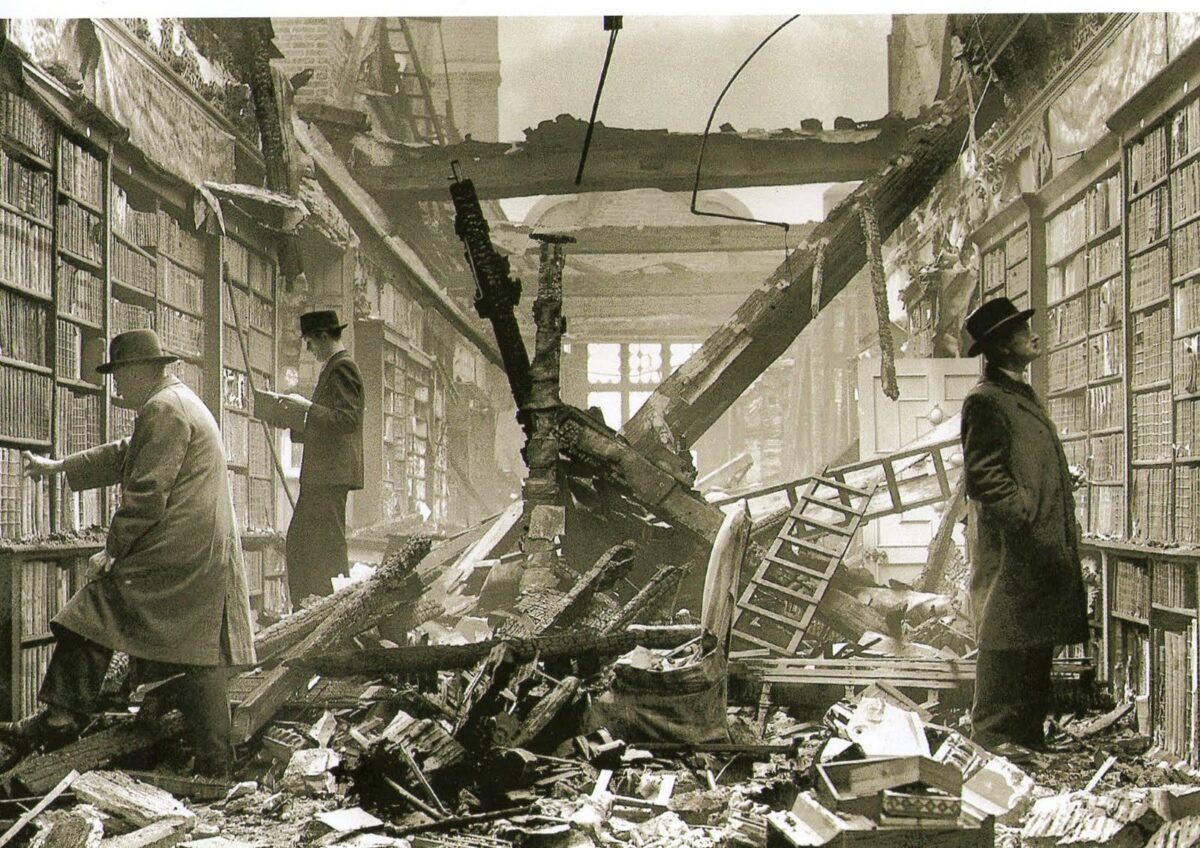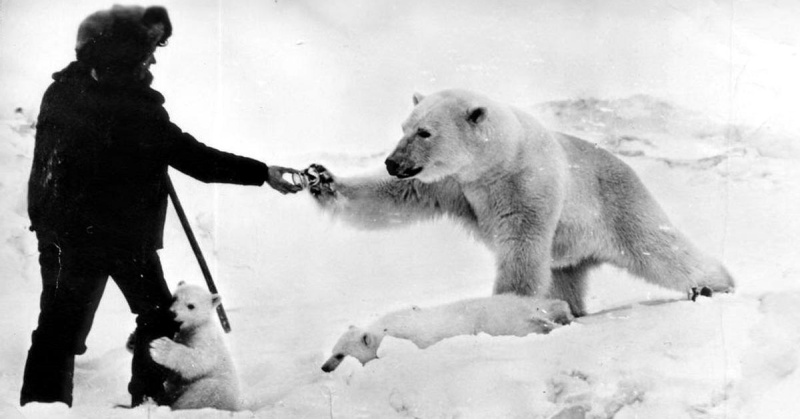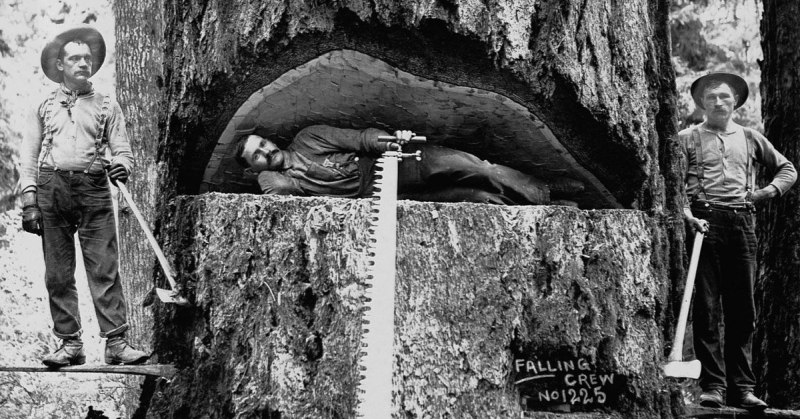Surprise, surprise: it was actually the Romans who came up with the predecessor of the Swiss Army knife around 200 AD. Their version was made of silver and had an iron blade. Apart from the knife, it sported a spoon, a fork, a retractable spike, a spatula and a tooth-pick. What did they use the spike for? Probably to extract meat from snails. And the Spatula? Perhaps to poke cooking sauce out of narrow-necked bottles. And some have suggested the pick with the tiny spoon on the end could have been used to remove earwax.

While many similar folding knives have been discovered from antiquity, those were mostly made of bronze and are much less elaborate. But this one has a complex design and is made of silver, which suggests it is a luxury item. It probably served as a useful gadget for a wealthy traveler or a higher ranking soldier to show off, but since silver is a soft and pliable metal, it was not really intended for heavy use.

It seems that the Fitzwilliam Museum, where the object is displayed in the UK, has restored it to its old splendor since the above photo was taken:

